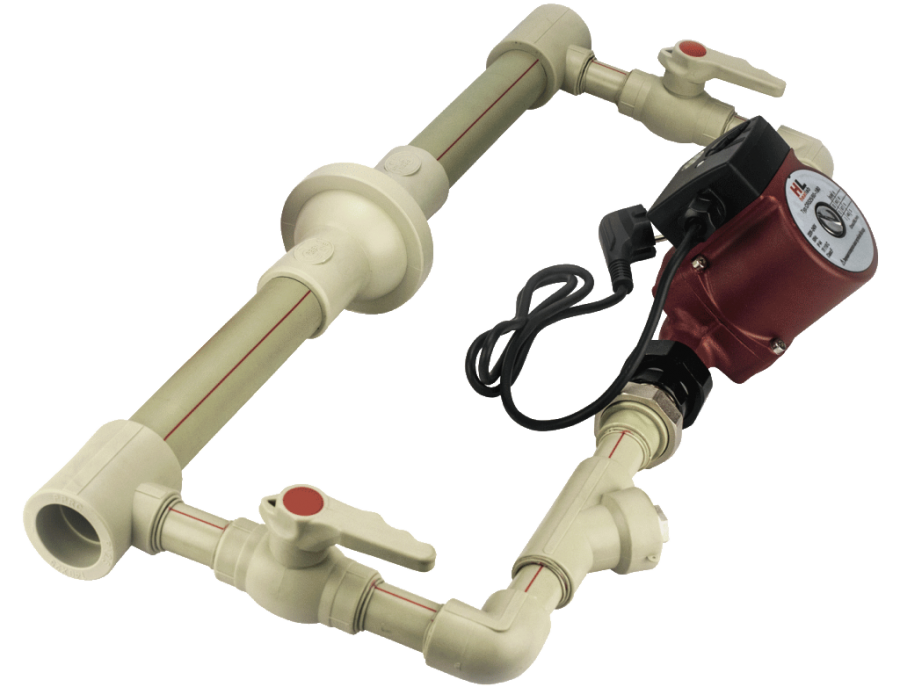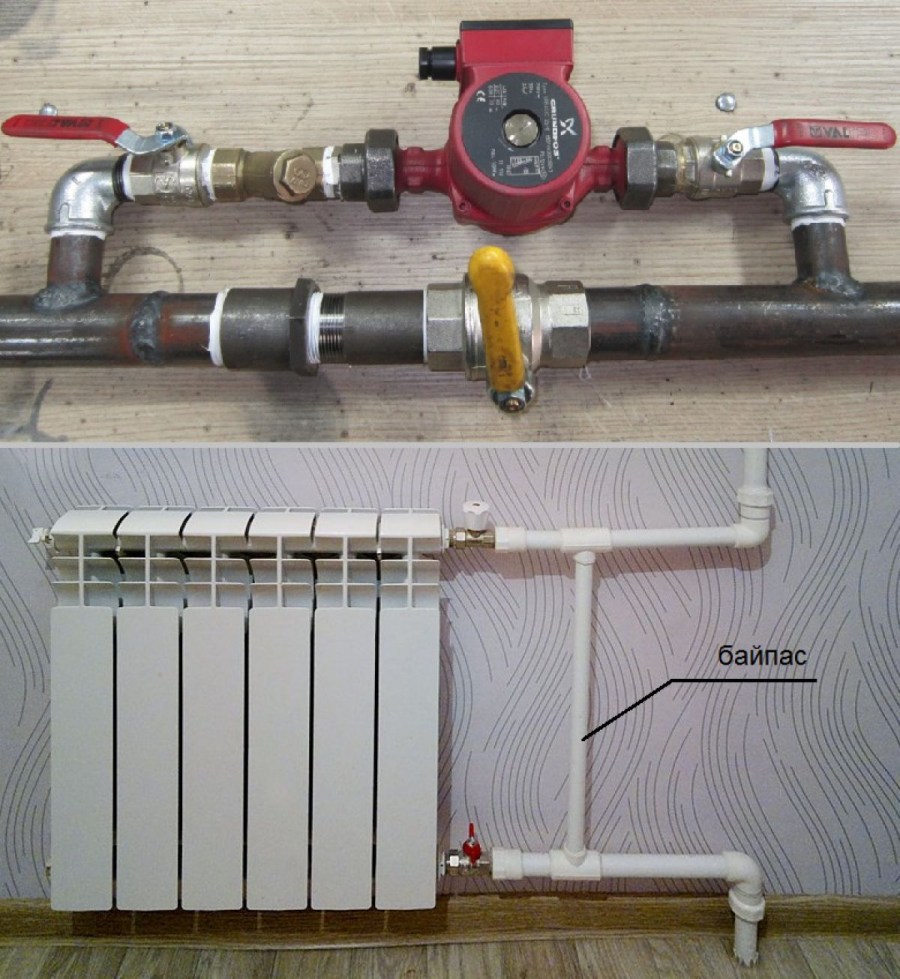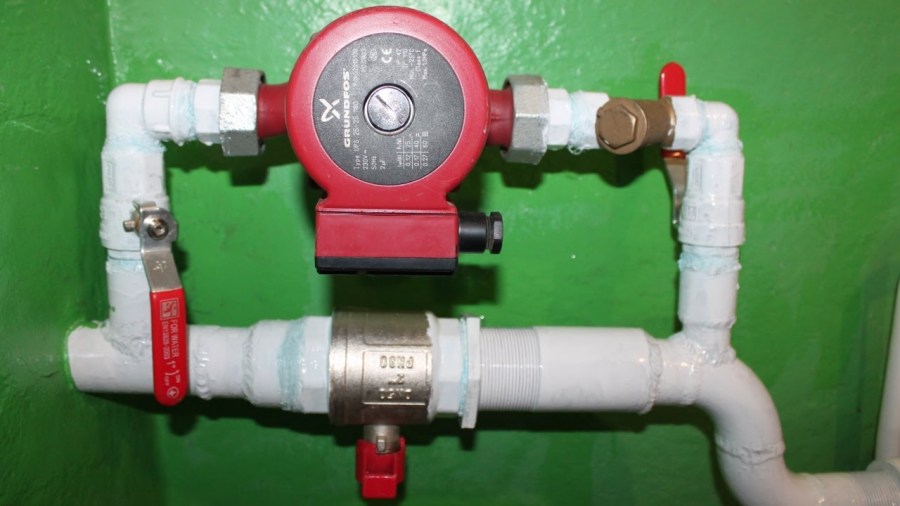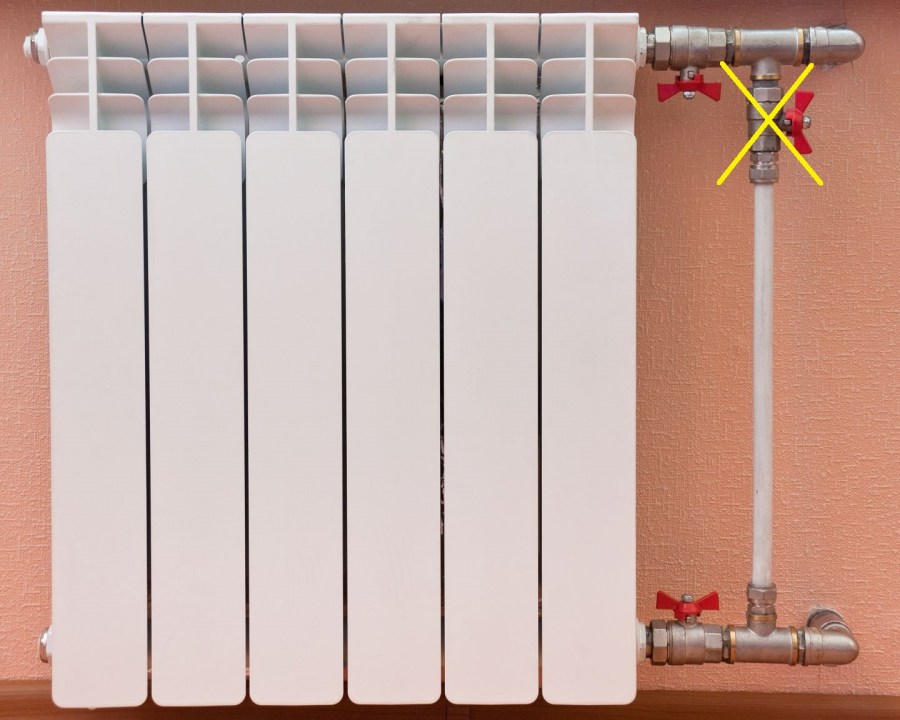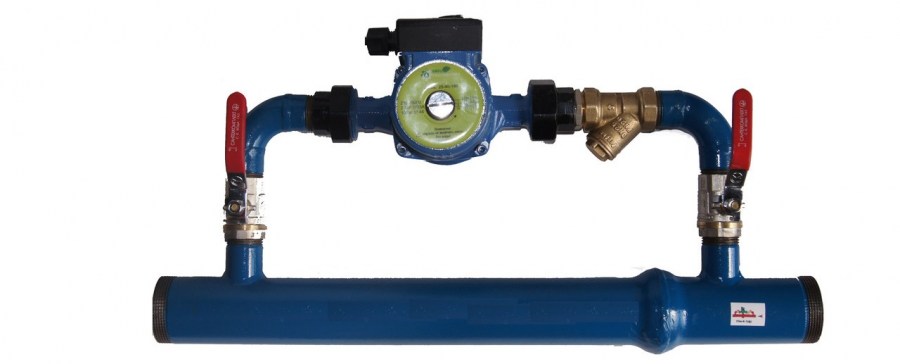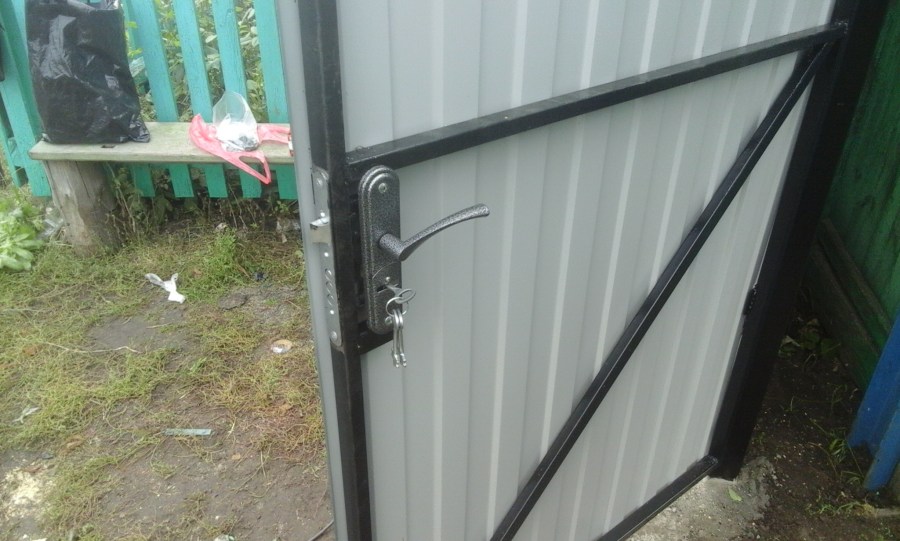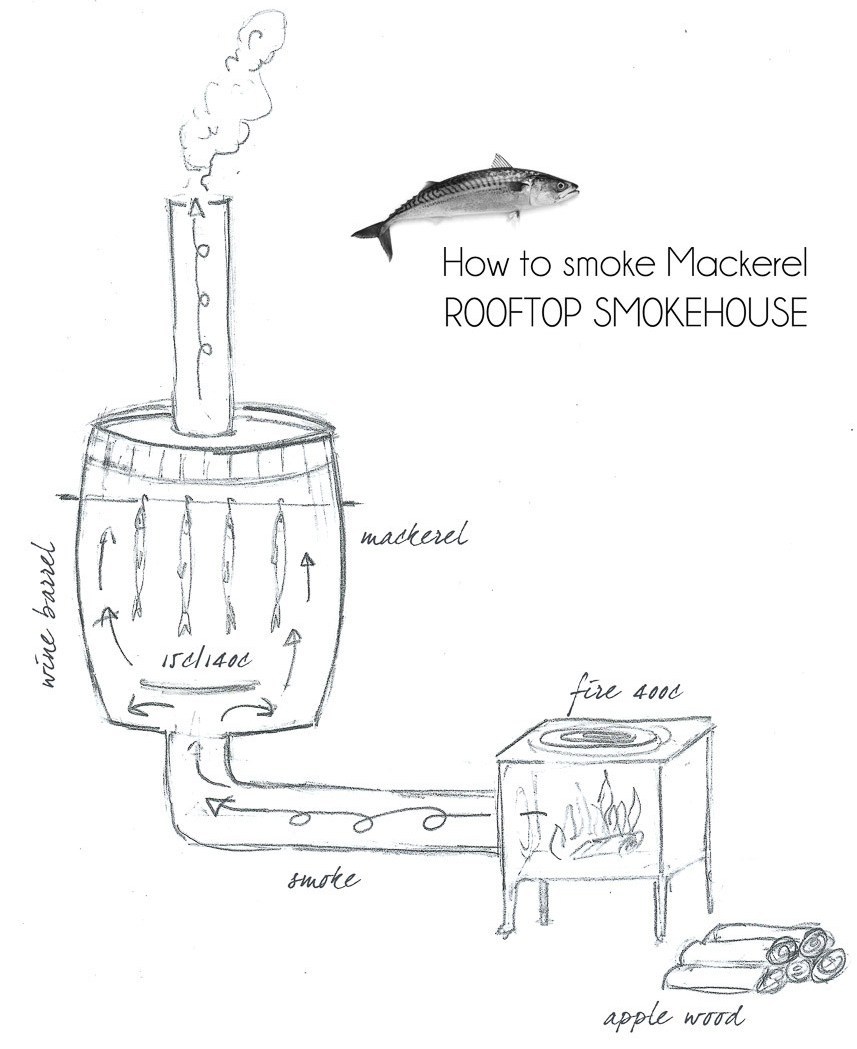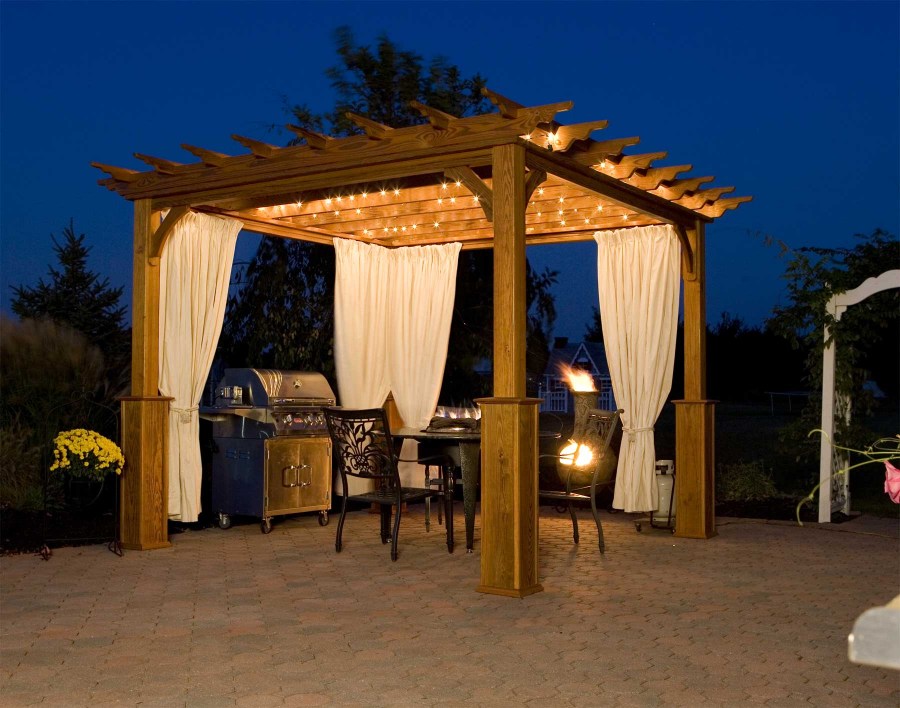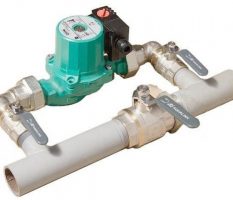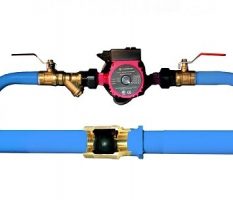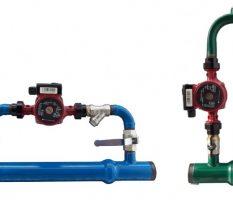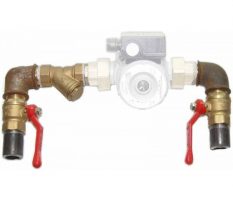Bypass in the heating system - effective use schemes, installation instructions with photos and video
If there is a system in the house that provides individual water heating, residents often encounter the need to install pumps by using a bypass system.
Often talk about this master installation. It is because of this that no one disputes such a need. But at the same time, questions still arise about the nature and necessity of this device, which are subject to careful consideration. So, we will understand the meaning of this term, try to understand its functionality and understand whether such a system is really needed for heating in a house.
The meaning of the term
The word “bypass” is a borrowing and is originally translated from English as “bypass”. This term is used in close connection with hydrodynamics, namely, with the use of tubes of liquid substance.
That is, the bypass for heating is a kind of additional way for the movement of current, while it bypasses the main highway. Moreover, this device is found, in addition to the heating system, in all similar systems using pipes for transportation. For example, this is a gas pipeline, oil pipeline, water supply system and so on.
Need for bypass
We will decide why we need a bypass. It is more expedient to consider the principle of operation of such a device using, as an example, a water heating system. In the system mentioned, the bypass is usually located near the heating battery.
It looks like a device such as a vertically located pipe, which is a connection between a hot and a discharge line. Consider the purpose of such a site.
For example, if the heating season is on and suddenly something happens with the batteries. One option is fluid flowing. Usually this implies that certain work is required - the pipes are removed, they are being repaired, or they are being replaced. However, it is not always possible to carry out such work - if the street temperature is low. In this case, the best option would be to use a workaround that will redirect the fluid during repairs.
For bypass operation, the following steps are required. To redirect the flow, turn off the tap, which leads to the radiator and open the tap, located on the bypass.
This will cause the fluid to go along the bypass, and not through the main line. Thus, the heating as a whole does not need to be turned off, and the batteries are changed and repaired without interfering with the operation of the heating system as a whole.
But this is not the only purpose of the workaround. In addition to the emergency situation, the bypass in the water supply system can be used to regulate the volume of water that is supplied to the radiator, and also helps in terms of temperature control.
All this can be done by covering or opening shut-off valves on the supply pipes. If you cover, then the water does not move through the pipes so intensely, whereby the temperature of the pipes decreases. The cut off part of the coolant will be dumped to the main line. That is, the bypass equips the heating system with an additional bypass, as well as shut-off elements that allow you to control the coolant flows.
Circulation pump and bypass
Insert the circulation pump into the heating system, as a rule, together with the pipe bypass. Bypass installation can be done with your own hands. The circulation pump must be installed in this area.In this case, the bypass will be the following interconnected parts: a filter, a booster device, a shut-off valve, which can be replaced by an automatic valve.
In this case, the entire system should be installed in the pipeline near the site connected to the boiler. This requires the installation of a stopcock in the area from the entrance to the exit of the bypass.
Consider the principles of operation of the heating system with a circulation pump and a workaround. When you turn on the circulation pump, the valve located on the bypass pipe must be opened, since during this period the fluid moves just along the bypass path. This requires the closure of the ball valve, which is located on the main pipeline.
But if it is necessary to replace the filters or repair the pump, first open the taps on the return, and the valves for shut-off, which the bypass is equipped with, must be closed. This option allows you to not stop the heating operation, while the coolant continues to circulate in its natural form.
Similar actions are carried out in the event of a power outage, as in this case the operation of the circulation pump stops. Shut-off valves will allow water to be directed towards the return. It should be noted that the bypass system may have a non-return valve, in this case it is enough to do with the opening of the crane on the return line.
How to install the system
It is advisable to install bypasses at the same time as the heating system is installed. Sometimes such a device is required to be installed in an existing heating system. The most preferred installation season in the latter case is the warm seasons, since during such a period the heating system is not operated. It should be remembered that during installation work from the pipeline, the liquid must be drained.
It should be noted that the work itself and the complexity of their implementation are directly dependent on the materials from which the pipeline is made, as well as the heating circuit itself. The most simple will be working with metal. And polypropylene or metal require the use of welding devices. That is, you can’t install it yourself, you will need the help of specialists.
But it is worth noting that, in principle, it is advisable to entrust the installation of any bypass path to specialists, since this is the most reliable option.
With self-installation, you need to remember that first of all, attention is paid to the bypass section, which is installed in parallel with the return. It is important not to forget to insert stopcocks as well. You also need to be attentive to the sides of the pipe - it is better not to confuse them.
So, bypass is an important and useful device that can be helpful in many situations, so its installation should not be neglected.
Photo of the bypass system
Sliding gates: 105 photos of installation of the most popular designs
Quince - a detailed review of the fruits. Planting and care at home
Crafts from plastic bottles: 80 photos of creating a DIY decor
Laying paving slabs - 85 photos of garden paths and the specifics of their laying
Join the discussion:
